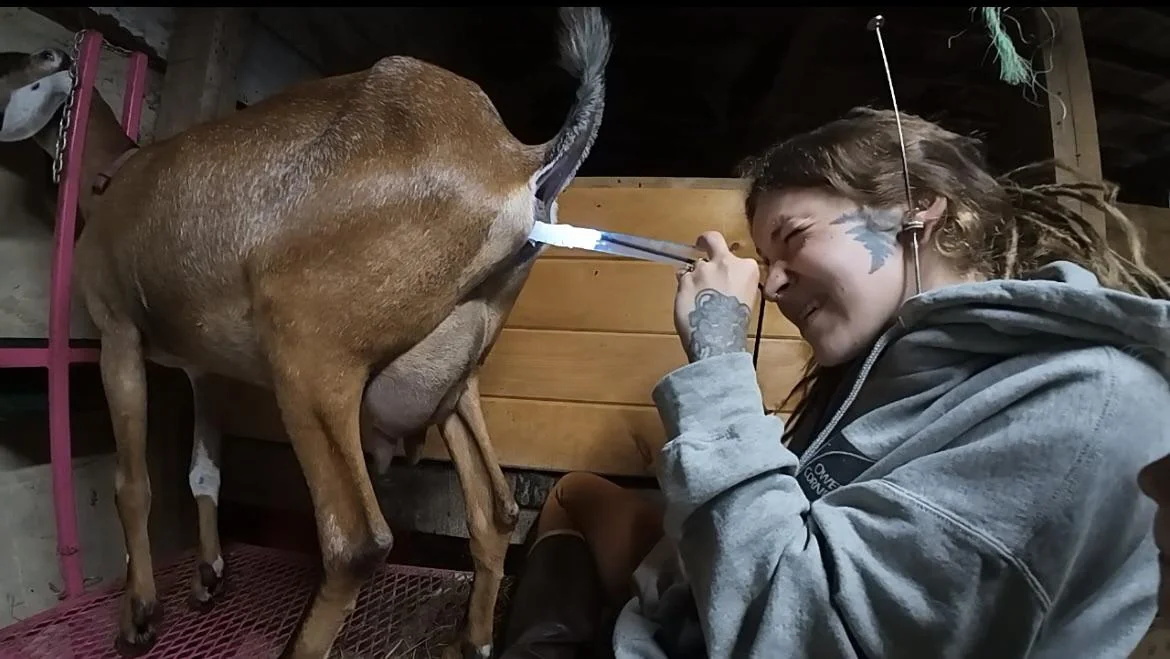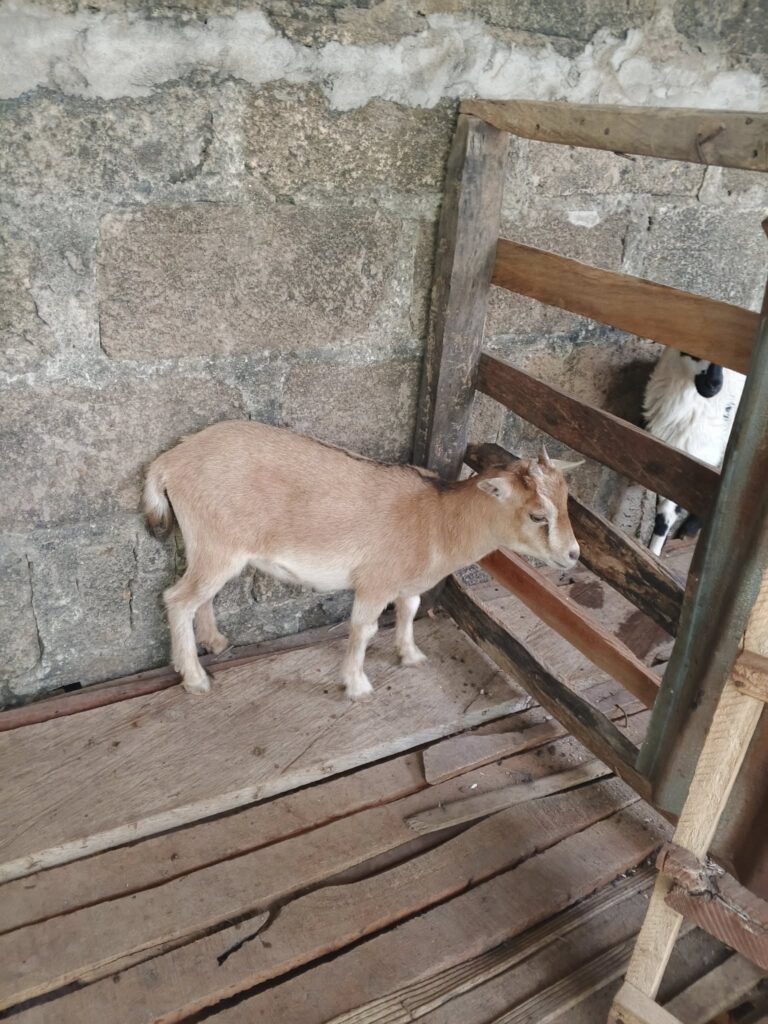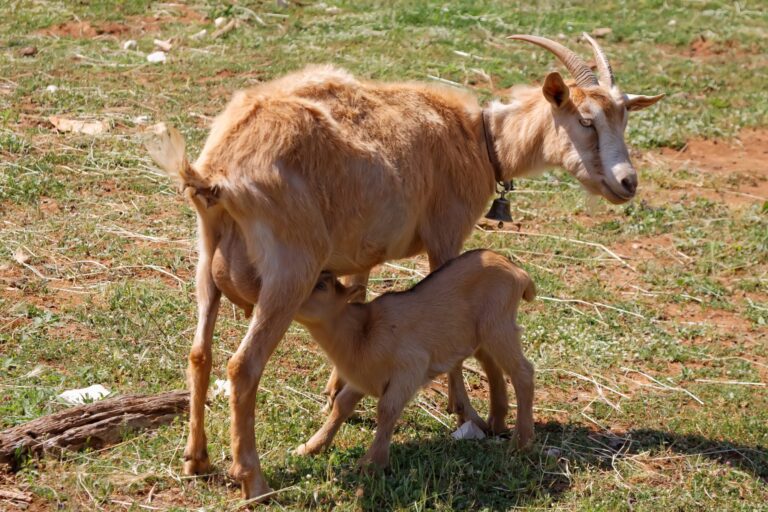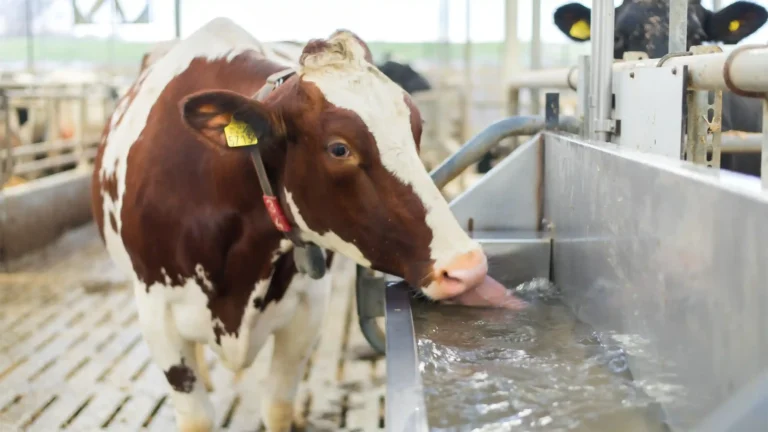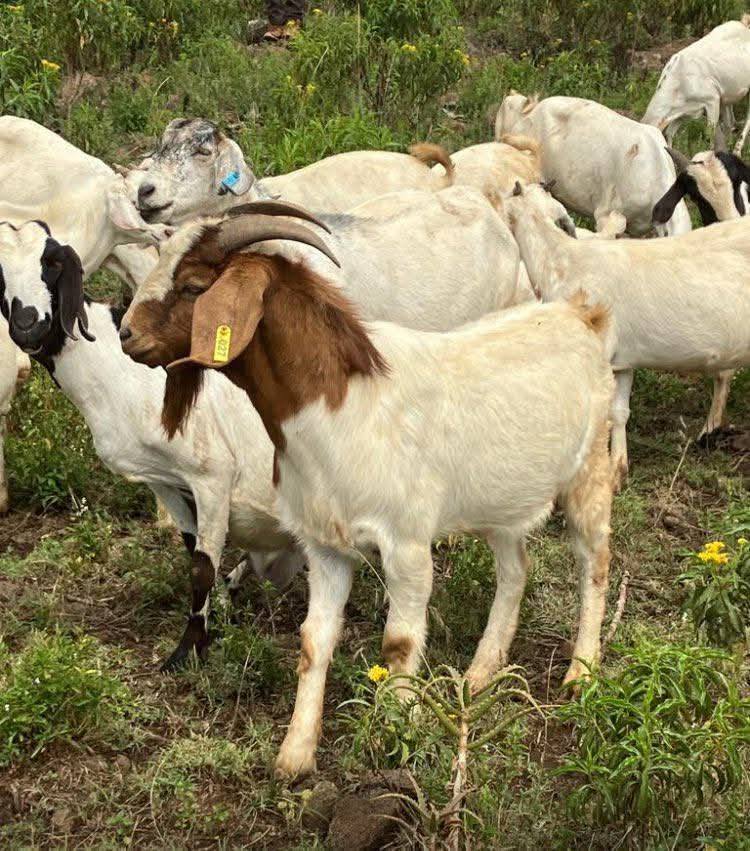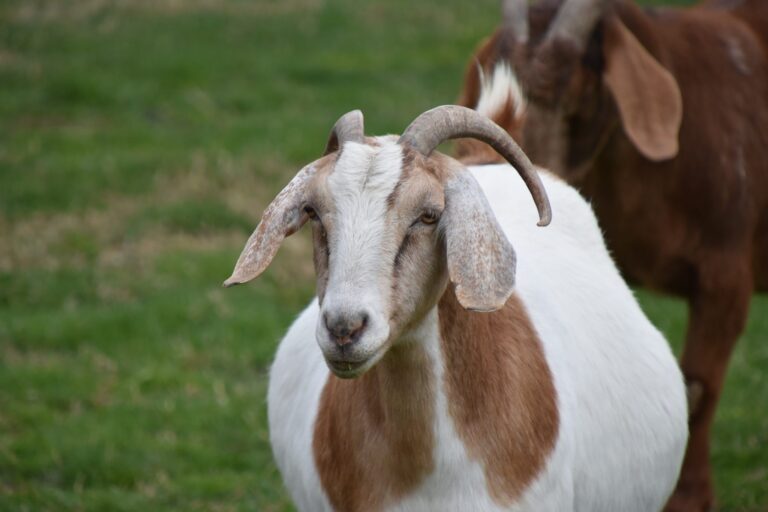Goat farming is a rapidly growing livestock enterprise across Africa, Asia, and beyond, offering farmers a sustainable source of milk, meat, fiber, and income. With rising demand for superior-quality goats, genetic improvement has become a cornerstone of modern goat farming.
By applying scientifically proven breeding and selection techniques, farmers can enhance desirable traits such as fast growth rates, higher milk yields, improved disease resistance, and better carcass quality.
Genetic improvement in goats is not a new idea; traditional farmers have long practiced selective breeding. However, with advances in genetics, data recording, and biotechnology, today’s goat farmers have more tools than ever to produce resilient, productive, and profitable herds.
This article provides a comprehensive look at the genetic improvement techniques available for superior goats, explaining their processes, benefits, and real-world applications.
Genetic Improvement in Goats
Genetic improvement refers to the intentional modification of a goat population over generations to enhance economically important traits. These traits may include reproductive performance, milk and meat production, growth efficiency, disease resistance, and adaptation to environmental conditions.
Unlike nutritional or health management interventions, genetic improvement produces long-term and cumulative changes in a herd, because the traits are passed from parents to offspring.
For goat farmers, the goal is not only to increase productivity but also to ensure sustainability by producing animals that thrive under local conditions while meeting market demands.
Genetic improvement is a pathway to food security, especially in developing regions where goats serve as a major source of livelihood.
Selective Breeding
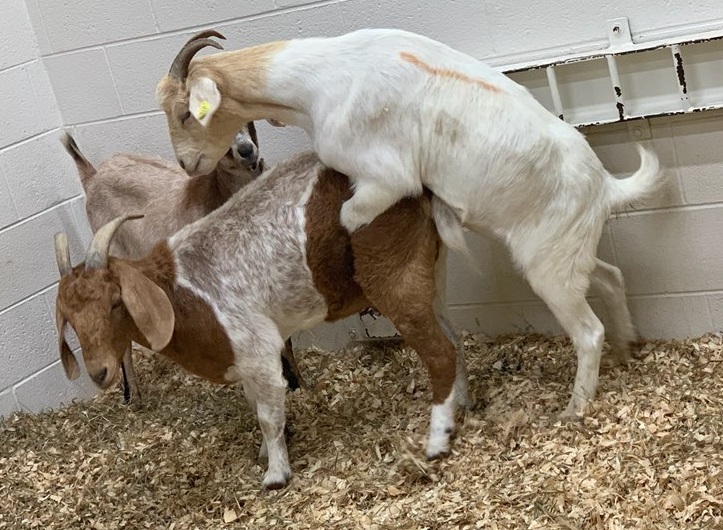
The simplest and most widely practiced genetic improvement technique in goats is selective breeding. This process involves choosing the best-performing animals as parents for the next generation.
For example, a farmer may keep offspring from a doe that consistently produces high volumes of milk or a buck with strong body conformation and rapid weight gain. Over time, these superior traits become more common in the herd.
Selective breeding requires accurate record-keeping, including growth rates, milk yield, kidding intervals, and disease resistance data.
Without records, farmers risk breeding animals with poor genetic potential, leading to stagnation in herd performance.
While selective breeding is straightforward, it is a slow process that can take multiple generations to yield visible improvements.
Crossbreeding for Hybrid Vigor
Another common technique is crossbreeding, which involves mating goats of different breeds to combine desirable traits.
For instance, crossing a hardy indigenous breed with an exotic high-milk-producing breed can result in offspring that inherit both resilience and high productivity. This phenomenon, known as heterosis or hybrid vigor, often leads to goats that perform better than either parent breed.
A practical example is the cross between the indigenous Red Maasai goats of East Africa, known for their parasite resistance, and exotic dairy breeds like Saanen or Toggenburg, valued for their milk yield. The resulting hybrids can thrive in challenging environments while producing more milk than the local breeds alone.
However, successful crossbreeding programs require careful planning, as indiscriminate crossing may dilute valuable traits over time.
Artificial Insemination
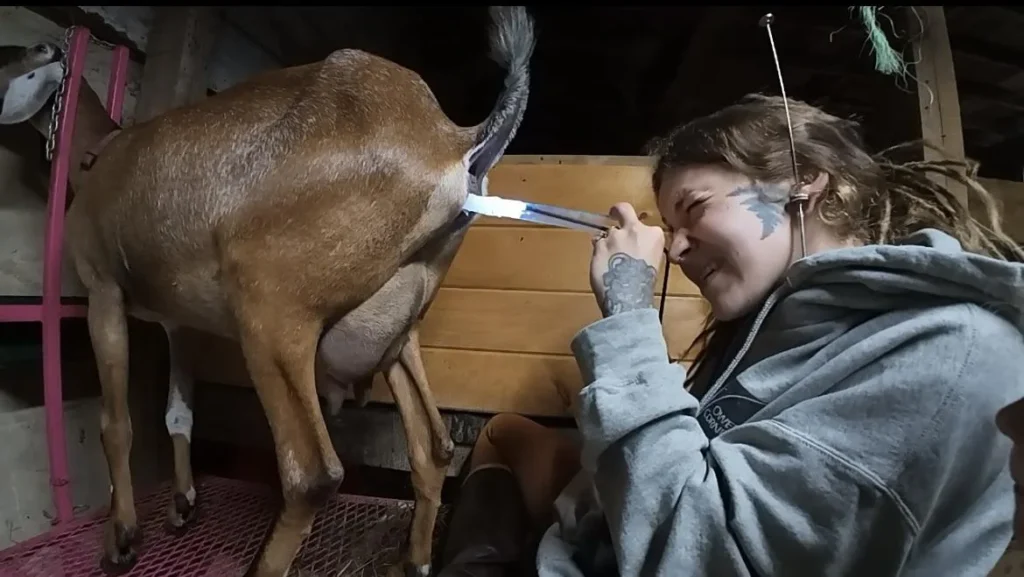
Artificial insemination (AI) has revolutionized goat breeding by allowing farmers to access superior genetics without transporting live animals.
With AI, semen from elite bucks worldwide can be collected, preserved, and used to inseminate does in different regions. This opens opportunities for smallholder farmers to introduce high-value traits into their herds at relatively low cost compared to purchasing and maintaining imported breeding stock. AI also reduces the spread of diseases that can occur with natural mating.
However, successful AI programs require technical expertise, infrastructure, and reliable heat detection in does. In countries like India and Kenya, government and research institutions have introduced AI programs to upgrade local goat breeds, thereby boosting milk and meat production.
Embryo Transfer Technology for Rapid Multiplication
For elite breeding stock, embryo transfer (ET) technology provides an advanced method of genetic improvement. In this technique, embryos from superior donor does are collected after controlled breeding and implanted into surrogate mothers. This allows farmers to multiply the offspring of highly productive animals at a much faster rate than natural breeding.
ET is particularly useful for creating nucleus herds of high-quality goats that can serve as genetic reservoirs for broader improvement programs. Although expensive and technically demanding, ET has proven successful in countries with advanced livestock industries.
In developing nations, partnerships with research institutions and NGOs may be necessary to make the technology accessible to progressive goat farmers.
Genomic Selection and Marker-Assisted Breeding
Recent advancements in biotechnology have introduced genomic selection and marker-assisted breeding, which use DNA-based tools to identify animals with superior genetic potential at an early age.
By analyzing specific markers linked to traits such as milk yield, growth efficiency, or disease resistance, breeders can make informed decisions about which goats to retain or cull. This accelerates the improvement process compared to traditional methods that rely solely on observable performance.
For example, genomic tools can help identify goats resistant to internal parasites, a major challenge in tropical goat farming.
While still in its early adoption phase in many developing regions, genomic selection holds enormous promise for building superior goat herds adapted to local and global markets.
Open Nucleus Breeding Schemes
Another structured approach to genetic improvement is the open nucleus breeding scheme, where a group of top-performing animals is maintained as the nucleus herd. Superior males from this nucleus are distributed to multiplier herds and eventually to commercial farmers.
This system ensures a steady flow of improved genetics while maintaining a broad genetic base to prevent inbreeding.
Many national breeding programs in Africa and Asia rely on nucleus schemes to upgrade indigenous goat populations while conserving their unique traits. For instance, Ethiopia’s goat improvement programs have successfully applied nucleus breeding to balance productivity and adaptability.
Practical Considerations for Farmers
While genetic improvement techniques offer enormous potential, their success depends on practical management. Farmers must first define their breeding goals, whether it is higher milk production, better meat quality, or resilience against climate stresses.
Consistent record-keeping is essential to track progress and avoid unintended outcomes. Nutrition and healthcare must complement genetic gains, as even the best genetics cannot express their potential under poor management.
Farmers should also consider the risk of inbreeding, which can lead to reduced fertility, slower growth, and higher susceptibility to diseases. Rotating breeding stock, participating in cooperative breeding programs, and consulting with veterinarians or extension officers can help mitigate these risks.
Benefits of Genetic Improvement in Goats
The impact of genetic improvement extends beyond individual farmers to national economies and food security.
Superior goats mean higher productivity per animal, reducing pressure on grazing land and improving resource use efficiency.
For dairy farmers, improved genetics translate into higher milk yields and better-quality cheese and yogurt products.
For meat producers, genetic progress ensures faster growth rates, higher carcass weights, and improved market prices.
In addition, goats with enhanced resistance to diseases and parasites reduce veterinary costs, contributing to more sustainable farming systems.
These benefits align with the United Nations Sustainable Development Goals (SDGs), particularly in reducing poverty, hunger, and promoting sustainable agriculture.
Challenges and Future Outlook
Despite its advantages, genetic improvement in goats faces challenges such as limited farmer awareness, lack of infrastructure, and high costs of advanced technologies.
In many regions, smallholder farmers rely on communal grazing, making controlled breeding difficult.
Moreover, the rapid adoption of exotic genetics can sometimes erode indigenous goat diversity, which holds valuable adaptive traits. Balancing productivity gains with conservation of local breeds is therefore critical.
Looking ahead, the integration of digital technologies such as mobile-based record systems, low-cost DNA testing, and AI-powered breeding software promises to make genetic improvement more accessible to small-scale farmers.
Collaborative efforts among governments, NGOs, and private breeders will be key to building resilient and superior goat populations.
Wrapping Up
Genetic improvement is the cornerstone of producing superior goats that meet the demands of modern livestock farming. From traditional selective breeding to advanced genomic tools, farmers now have a wide array of techniques to enhance productivity, resilience, and profitability in their herds.
Success lies in combining these genetic approaches with sound management, proper nutrition, and strong farmer education.
As global demand for goat products continues to rise, investment in genetic improvement will not only boost farmer incomes but also contribute to sustainable food systems worldwide. For goat farmers ready to take their enterprise to the next level, embracing genetic improvement is the pathway to long-term success.
Related:

